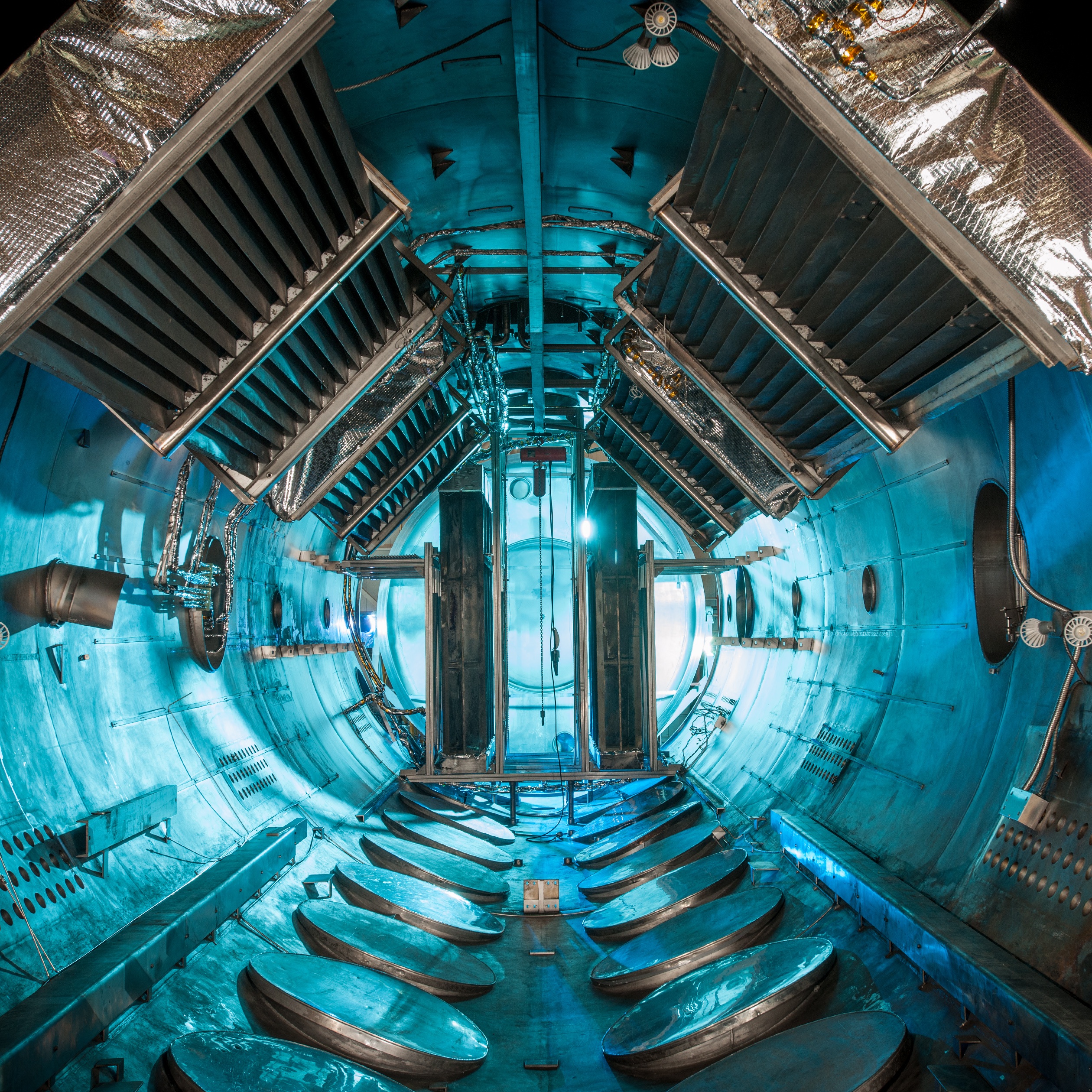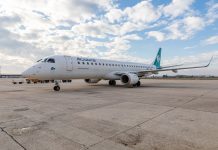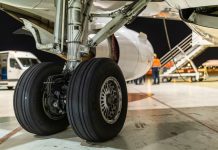In this section, one of the most loved by our readers, we have often wondered “what is it made of?”. However, still talking about airplanes, it is time to change question…
WHAT MATERIAL is an aircraft made of?
Let’s start from the most obvious parts. The fuselage, that is to say the “body” of an airplane and the structure of the wings are made of aluminium, a material resistant to impacts, weight and twisting, flexible and extremely light at the same time.
As You geek readers know for sure, aluminium alloys are not all the same. Think of soft drinks cans, which are made of Aluminium 3003, or of the aluminium commonly used to store food at home, which has to have pretty precise features for health protection.
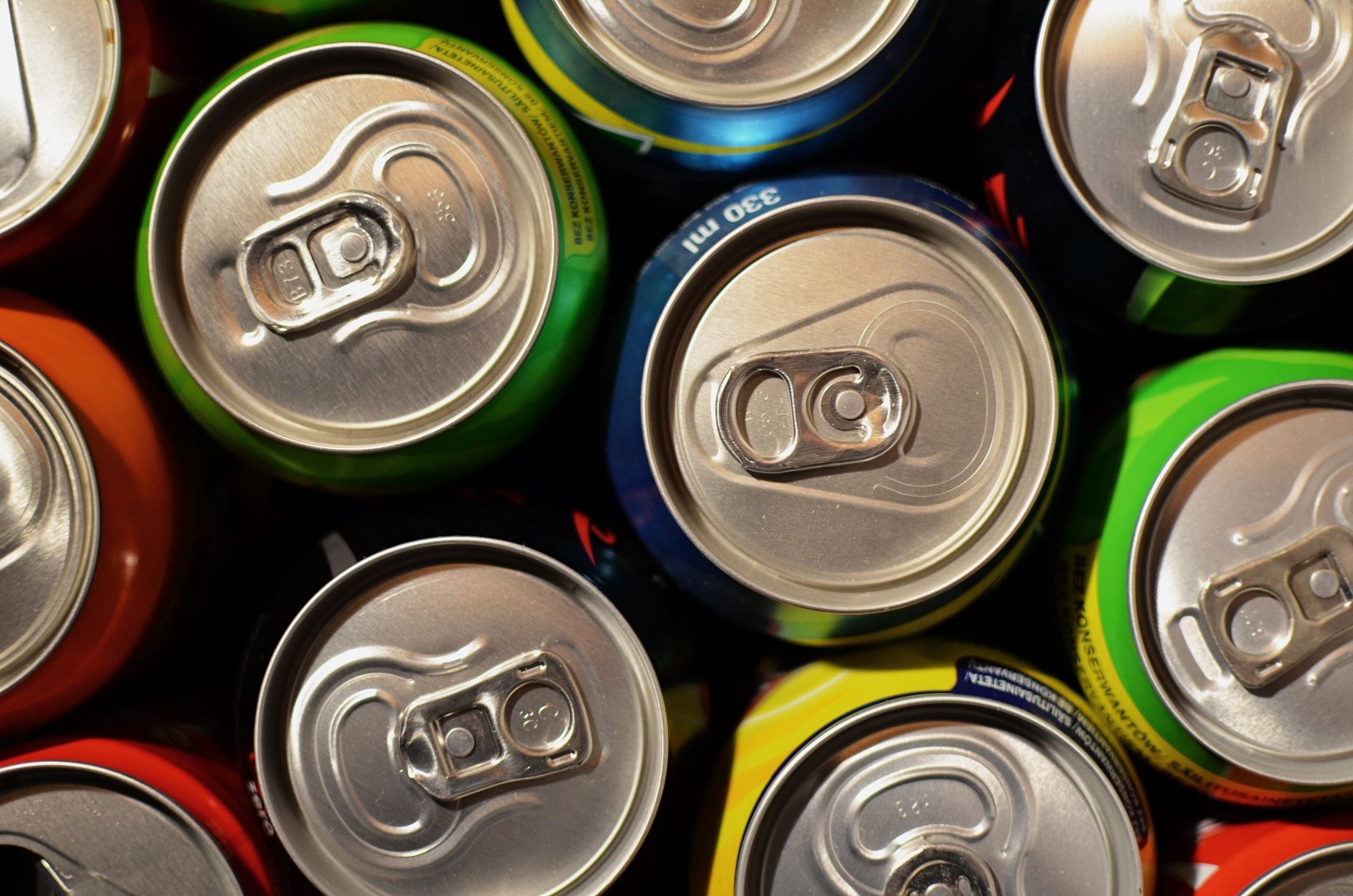
Aluminium alloys are divided into 9 groups based on the binding components. The most used alloys in the aerospace industry are the Aluminium 7075 (group 7000, alloys aluminium, zinc, magnesium) also called Ergal, and the Aluminium 2024 (group 2000, alloys aluminium-copper) or Avional. The same material, or alloys with very similar features, is used to make tanks, landing gears, ribs and metal struts, which are respectively the vertical sections that act as the “skeleton” of the fuselage and the elements inside the wings which guarantee their stability.
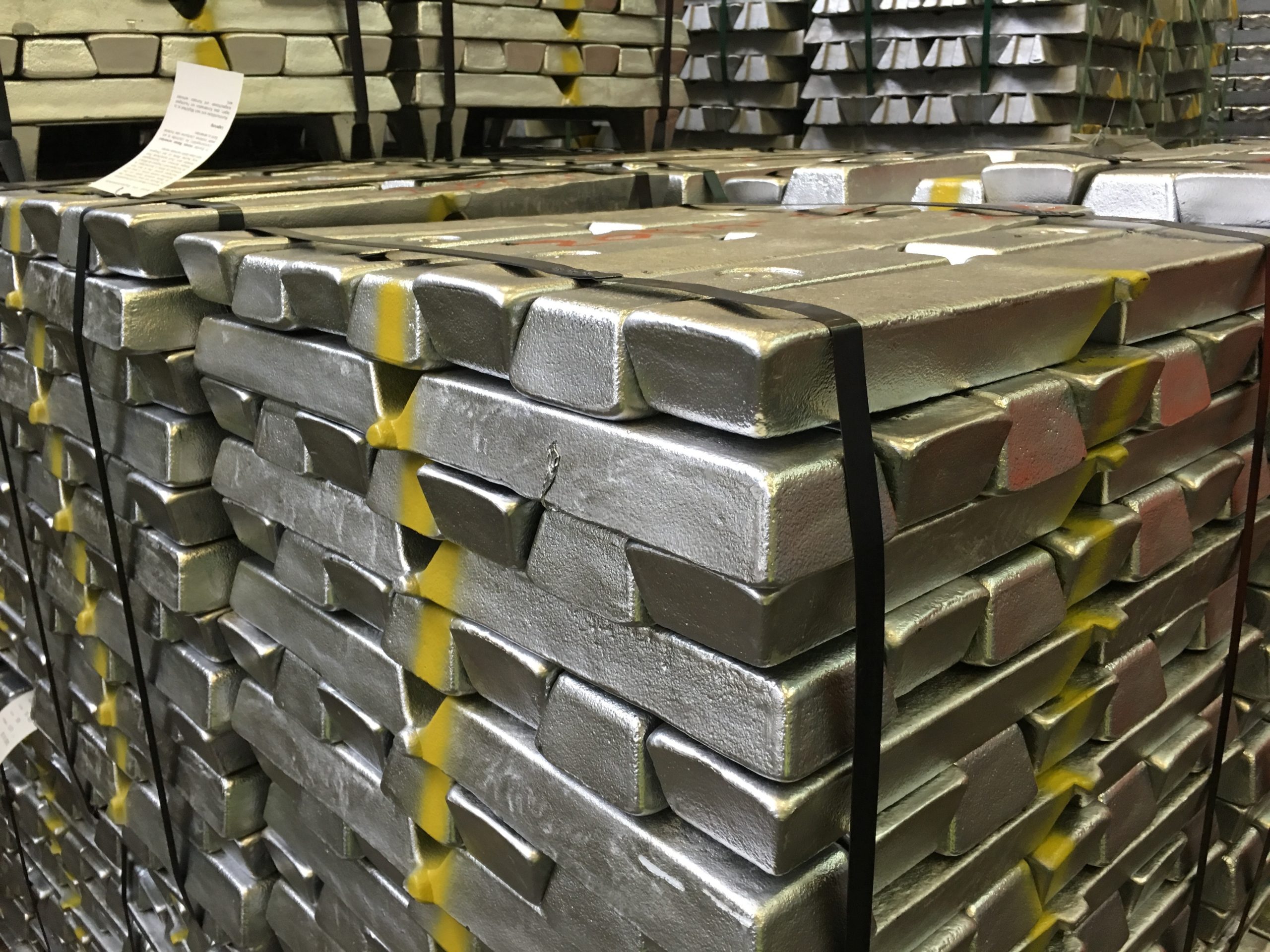
The windows of airplanes (do you remember our related article?) are made of three layers of polymethylmethacrylate (PMMA), a plastic material formed by polymers and it is more known under commercial names such as Plexiglas or Perspex.
The windows are cut by slabs made of refined Plexiglas through a complex procedure which ensures its incredible resistance, not comparable to glass resistance.
The aircraft interiors are made of material with specific features for any needs.
For example, the floor is usually covered with PVC (polyvinyl chloride), easy to clean and resistant to discolour and wear. The seats can have comfortable covers made of wool, leather or faux leather depending on the aesthetic choices of the airline. Plastic of any types, glass or rubber are largely used to make controls and the on board equipment in the cockpit.
Right now research in this field is making huge improvements. At the Lublin University of Technology in Poland new alloys of aluminium, carbon and fibreglass are being studied to be used to make future airplanes…
We’ll see!

